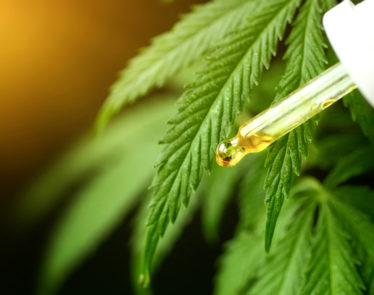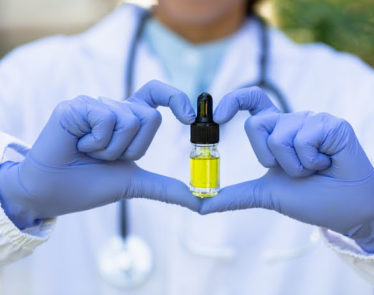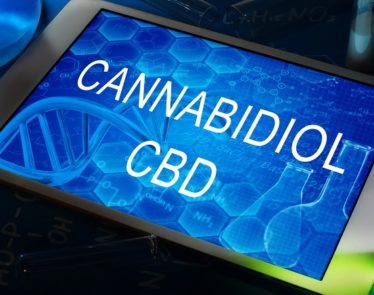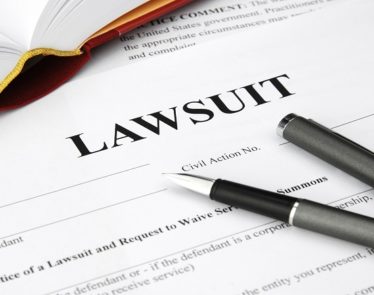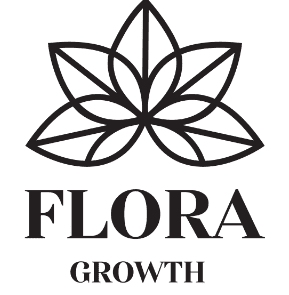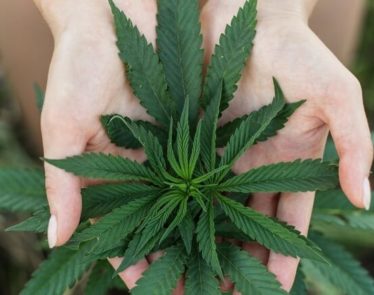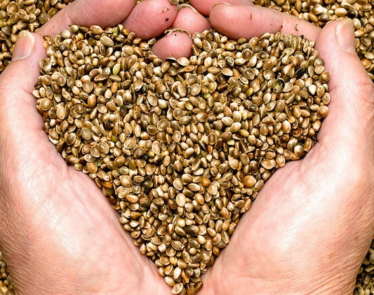
CBD hemp oil, naturally, comes from the hemp plant, but what exactly is CBD hemp oil? What can it do and how is it made? We're going to take a closer look into the process behind CBD hemp oil and everything that comes along with it.
But before we can get into that, we need to explore CBD a little more closely first.
What is CBD? Where Did It Come From?
CBD was originally discovered in 1940, by a team at the University of Illinois led by Dr. Roger Adams. As regulations and laws regarding cannabis, hemp, and CBD have eased, research into the applications of CBD and its benefits to those who use it has increased tenfold. Wherever you look these days, almost every product you can think of is being infused with CBD. But why? What is it?
CBD is a non-psychoactive component found in cannabis and hemp plants. CBD has been proven to help ease symptoms of anxiety, psychosis, eczema, psoriasis, muscle pain, fibromyalgia, acne, and so much more. Apparently, Queen Victoria used high CBD strains of cannabis to ease her menstrual pains!

There are several ways to extract CBD from hemp and cannabis plants. The complexity of this is based on whether the plant is high in THC or not. Cannabis plants tend to be higher in THC and therefore the extraction of CBD is more complicated. Hemp plants, however, are much more simple. The result of extraction? CBD hemp oil. CBD hemp oil has so many applications, and its market looks ready to climb from a current $800 million to $20 billion in the next four years.
It is worth noting that there is a difference between hemp oil (extracted from cold-pressed hemp seeds) and CBD hemp oil (CBD oil extracted from hemp plants). Hemp oil is readily available in supermarkets along with olive, coconut, and other oils. It has a nutty flavor, is high in omega fats, and contains no THC or cannabinoids. CBD oil is a cannabinoid and is extracted from the flowers and dry trimmings of hemp plants.
So how do we get CBD hemp oil? There are three common methods of extracting CBD oil from hemp plants.
How is CBD Hemp Oil Extracted?
Liquid Solvents
Probably the most common, and most easy process, is when plant material (generally flowers and trimmings) are added to a container with a liquid solvent. The liquid is run through the plant material to strip the cannabinoids and flavors from it. The liquid is then evaporated, leaving behind the cannabinoids and flavors in oil form.
>> What is CBD Isolate? Everything You Need to Know

Though this process can lead to a more bitter tasting oil (due to chlorophyll being removed from the plant during the process), this bitter taste can be countered with a few adjustments. Because this process uses the least amount of equipment, it is the most simple, and inexpensive, way to extract CBD hemp oil.
CO2 Extraction
CO2 extraction of CBD hemp oil is carried out in a closed-loop extractor machine. As the name suggests, CO2, or carbon dioxide, is used in the process.
The machine has three chambers; the first contains CO2 in its solid (dry ice) form, the second chamber contains dry plant material, and the third holds the finished product. CO2 is pumped from the first to the second chamber. The temperature and pressure in the second chamber cause the CO2 to behave like its liquid form and strips the cannabinoids and flavors from the plant, similar to the liquid solvent process above. The mixture of CO2 and cannabinoids is then pumped to the third, lower pressure, higher temperature chamber where the CO2 becomes gas and rises to the top while the cannabinoids in oil form fall to the bottom.
This process is more expensive but more reliable; there is little to no risk to the finished product.
Oil Extraction
Oil extraction of CBD oil is thought to go back as far as biblical times. Many people who make products at home use this process, although it results in much lower concentrates of CBD.
Plant material is decarboxylated and then heated to a specific temperature for a time to ensure the chemicals in the plant are activated. Olive oil is then added to the plant material and heated to 100 degrees Celsius for about two hours. Because the olive oil cannot be evaporated at the end of the process, CBD oil extracted in this manner is much more perishable and should be stored in a cool, dark place.
With newer and more advanced technology constantly being released, there are more and more processes being discovered. The process under which a hemp plant will go is dependent on what application the CBD oil is intended for (oil, e-liquid, crystals, cosmetics, foods, etc.).
What Can CBD Oil Do and How Does It Treat Ailments?
CBD hemp oil can be used in so many different ways, and CBD-infused products are becoming an industry all of their own. Depending on the legality in your state, you can buy a myriad of products with CBD hemp oil, including:
- CBD gummies
- CBD vape e-liquid
- CBD pain relief cream
- CBD anti-aging cream
- CBD coffee
- CBD tea
- CBD syrups (for sleeping)

There is extensive research into the use of CBD hemp oil to help people suffering from:
- Cancer
- Fibromyalgia
- Anxiety
- Parkinson’s disease
- Alzheimer’s disease
- Depression
- Acne
- Eczema
- Pain Relief
Is CBD Hemp Oil Safe?
In 30 states in the US, medical marijuana has been legalized, with the rest lining up to join the revolution. Seventeen of these states have CBD-specific laws in place. Right now, these states are following regulations set out by the FDA and research is ongoing and intricate.
CBD hemp oil most certainly is safe to try for whatever ailment you might have. When buying, it is recommended that you search for a product that has a ratio of CBD to THC of 1:1. The cannabinoid BCP or beta-caryophyllene seems to be favored by researchers as the most effective.





